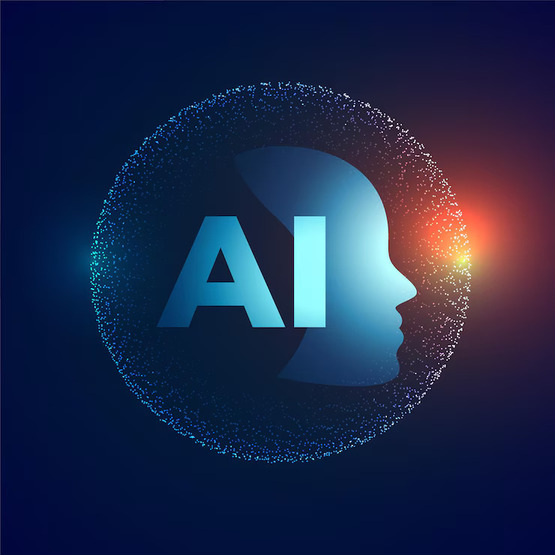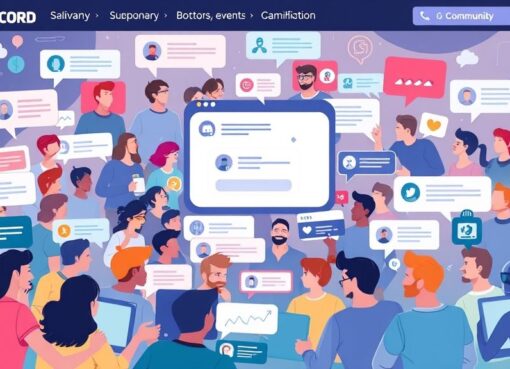RLHF: Why Smart AI Starts with Human Help

In the era of artificial intelligence, machines grow smarter, more responsive, and increasingly capable of mimicking human behavior. But behind these advanced technologies lies a quiet truth—AI doesn’t learn on its own. It relies on human input, guidance, and correction to become truly useful and trustworthy. One of the most powerful methods for building AI systems that reflect human values is a technique called Reinforcement Learning from Human Feedback (RLHF). This approach changes the way we teach machines, placing people at the core of the learning process.
While AI systems are trained on vast datasets pulled from the internet or proprietary sources, these datasets often contain noise, inconsistencies, or even biases. On their own, algorithms struggle to determine what’s accurate, appropriate, or valuable in a human context. RLHF addresses this challenge by introducing human judgement directly into the learning process, allowing machines to be guided not just by data, but by people’s preferences, ethics, and expectations.
The Foundation of RLHF: Human Feedback as a Learning Signal
In traditional machine learning, models learn patterns by minimizing error across datasets using purely mathematical signals. But this doesn’t always translate to real-world effectiveness, especially when the task at hand involves nuance—like generating natural language, making ethical decisions, or reacting to complex social situations. This is where RLHF steps in.
With RLHF, human annotators evaluate and rank different AI-generated responses to specific tasks. For example, when an AI generates multiple answers to a question, human reviewers indicate which one feels more helpful, accurate, or natural. These preferences train a reward model, which guides the AI like a compass. In the next phase, reinforcement learning algorithms use this reward model to refine the AI’s behavior, encouraging it to produce outputs that better match human preferences.
This human-driven approach steers AI systems away from generating misleading, biased, or inappropriate content and guides them toward results that people genuinely find useful.
The Role of AI Annotation Services in RLHF
For RLHF to work effectively, the quality and scale of human feedback matter deeply. This is where AI annotation services become essential. These services involve trained professionals who provide the detailed, context-rich evaluations that machine learning models depend on. They do much more than tag images or label text—they engage deeply with content, apply reasoning, cultural understanding, and ethical judgment to assess outputs.
The people who work in AI annotation bring diversity of thought and lived experience into the training of AI models. Whether they’re reviewing chatbot conversations, rating responses for politeness, or judging the appropriateness of an image description, their feedback shapes the fundamental behavior of AI systems. These tasks require care, patience, and thoughtful decision-making—qualities that no algorithm can replicate.
This form of human input adds significant value to language models, where tone, phrasing, and implied meaning dramatically impact the user experience. Annotators don’t just judge whether an answer is correct—they assess whether it sounds helpful, feels easy to understand, or might come across as offensive. Their feedback trains models to stay not only factually accurate but also socially aware and responsive to user needs.
Ethical Considerations: Why Human Input Matters
One of the most pressing questions in AI today is how to build systems that reflect ethical standards and avoid harm. RLHF provides a direct path toward this goal by involving people in the loop—not just engineers or developers, but diverse groups of annotators who bring a range of perspectives. This human involvement helps mitigate bias, increase inclusivity, and ensure that AI systems work better for everyone.
Moreover, engaging human workers in AI training creates meaningful, skilled jobs in communities often excluded from the tech economy. When companies follow responsible sourcing and fair labor practices, AI annotation services drive positive social impact and contribute to the development of ethical AI.
Scaling RLHF Without Losing Quality
One challenge in expanding RLHF is maintaining consistency and quality at scale. As AI systems grow more complex and operate in high-stakes areas like healthcare, education, and public services, the pressure to get things right increases dramatically. Annotation services must not only scale efficiently but also train workers thoroughly in the principles of fairness, safety, and AI ethics.
To support RLHF at scale, structured workflows, robust quality assurance mechanisms, and expert training are essential. Annotation platforms must support flexible project management, diverse task formats, and nuanced review processes. At the same time, annotators need the tools, feedback, and learning systems to refine their judgement and stay aligned with evolving standards.
Conclusion
Reinforcement Learning from Human Feedback (RLHF) represents a pivotal shift in how AI learns to understand and serve people. Far beyond technical optimization, this model builds on trust, transparency, and human insight. AI annotation services bring RLHF to life by grounding every intelligent system in the wisdom and diversity of human experience.
As we look to the future of smart machines, one truth becomes clear: the smartest AI starts with human help. And with RLHF guiding the way, we’re closer than ever to building systems that are not only powerful, but profoundly human.





Leave a Comment